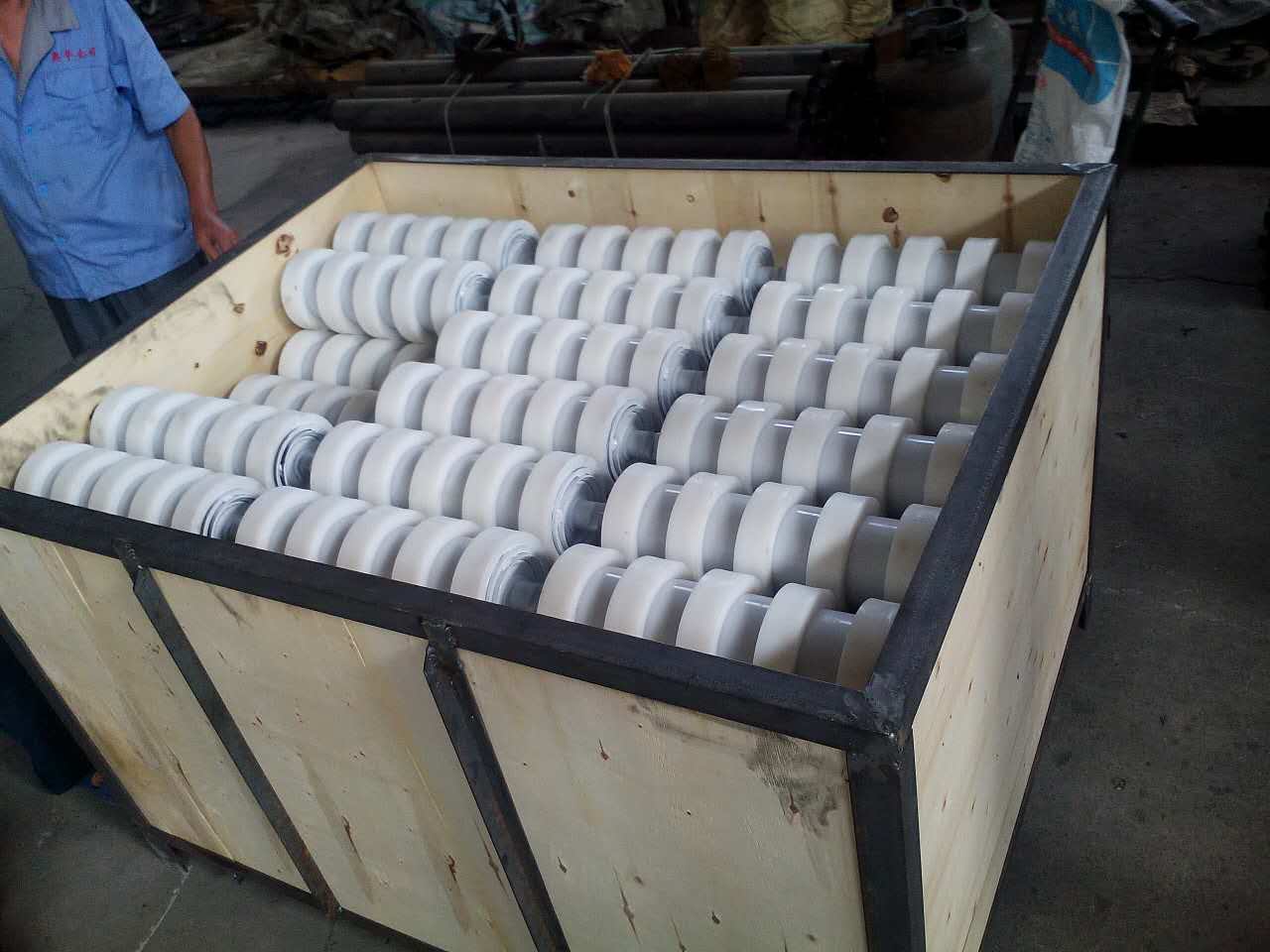 Afrikaans
Afrikaans  Albanian
Albanian  Amharic
Amharic  Arabic
Arabic  Armenian
Armenian  Azerbaijani
Azerbaijani  Basque
Basque  Belarusian
Belarusian  Bengali
Bengali  Bosnian
Bosnian  Bulgarian
Bulgarian  Catalan
Catalan  Cebuano
Cebuano  Corsican
Corsican  Croatian
Croatian  Czech
Czech  Danish
Danish  Dutch
Dutch  English
English  Esperanto
Esperanto  Estonian
Estonian  Finnish
Finnish  French
French  Frisian
Frisian  Galician
Galician  Georgian
Georgian  German
German  Greek
Greek  Gujarati
Gujarati  Haitian Creole
Haitian Creole  hausa
hausa  hawaiian
hawaiian  Hebrew
Hebrew  Hindi
Hindi  Miao
Miao  Hungarian
Hungarian  Icelandic
Icelandic  igbo
igbo  Indonesian
Indonesian  irish
irish  Italian
Italian  Japanese
Japanese  Javanese
Javanese  Kannada
Kannada  kazakh
kazakh  Khmer
Khmer  Rwandese
Rwandese  Korean
Korean  Kurdish
Kurdish  Kyrgyz
Kyrgyz  Lao
Lao  Latin
Latin  Latvian
Latvian  Lithuanian
Lithuanian  Luxembourgish
Luxembourgish  Macedonian
Macedonian  Malgashi
Malgashi  Malay
Malay  Malayalam
Malayalam  Maltese
Maltese  Maori
Maori  Marathi
Marathi  Mongolian
Mongolian  Myanmar
Myanmar  Nepali
Nepali  Norwegian
Norwegian  Norwegian
Norwegian  Occitan
Occitan  Pashto
Pashto  Persian
Persian  Polish
Polish  Portuguese
Portuguese  Punjabi
Punjabi  Romanian
Romanian  Russian
Russian  Samoan
Samoan  Scottish Gaelic
Scottish Gaelic  Serbian
Serbian  Sesotho
Sesotho  Shona
Shona  Sindhi
Sindhi  Sinhala
Sinhala  Slovak
Slovak  Slovenian
Slovenian  Somali
Somali  Spanish
Spanish  Sundanese
Sundanese  Swahili
Swahili  Swedish
Swedish  Tagalog
Tagalog  Tajik
Tajik  Tamil
Tamil  Tatar
Tatar  Telugu
Telugu  Thai
Thai  Turkish
Turkish  Turkmen
Turkmen  Ukrainian
Ukrainian  Urdu
Urdu  Uighur
Uighur  Uzbek
Uzbek  Vietnamese
Vietnamese  Welsh
Welsh  Bantu
Bantu  Yiddish
Yiddish  Yoruba
Yoruba  Zulu
Zulu belt conveyor roller types
Understanding Belt Conveyor Roller Types
Belt conveyor systems are integral to the transportation of materials across various industries, including mining, construction, and manufacturing. They rely on a series of components, one of the most crucial being the conveyor roller. Rollers support the belt, aid in material handling, and significantly affect the system's efficiency and reliability. There are several types of belt conveyor rollers, each designed for specific applications and environments.
1. Idler Rollers
Idler rollers are non-driven components installed along the length of the conveyor belt to support it. They play a critical role in maintaining the belt's alignment and stability. Idler rollers are typically categorized into three types trough, flat, and impact rollers.
- Trough Rollers These are designed with a slight angle, forming a 'trough' shape. They effectively contain material on the belt, reducing spillage and improving load handling. Trough rollers are commonly used for transporting bulk materials.
- Flat Rollers As the name suggests, flat rollers are perfect for applications where the belt needs to be kept flat. They are commonly used in light-duty conveyors, especially in applications involving packaging and sorting.
- Impact Rollers Positioned at loading zones, impact rollers are designed to absorb the shock and impact when materials are loaded onto the conveyor. This type helps protect the belt and the support structure, prolonging the overall lifespan of the conveyor system.
2. Drive Rollers
Drive rollers are powered rollers that provide the necessary motion to move the conveyor belt. They are crucial in determining the system's overall speed and efficiency. Drive rollers come in various designs, including
- Motorized Drive Rollers Compact and versatile, these rollers have a built-in electric motor. They are ideal for modular conveyor systems where space and flexibility are concerns. Motorized drive rollers minimize the number of external components, simplifying installation and maintenance.
- Gear Motor Drive Rollers This type combines a gear motor with a roller to provide torque and speed control. These rollers are often used in heavy-duty applications where larger loads need to be moved consistently.
belt conveyor roller types

3. Return Rollers
Return rollers are installed on the underside of the conveyor belt, supporting it as it returns to the loading area. Their primary purpose is to ensure that the belt maintains a consistent shape and elasticity. These rollers are typically flat and can be designed to feature a rubberized surface to reduce belt wear. Return rollers include the following types
- Standard Return Rollers These are the most common type of return rollers, designed to support the belt on its return path without absorbing shock.
- Spillage Return Rollers Designed with a trough shape, these rollers help contain small amounts of material that may fall off the belt during transport. They offer a practical solution for applications where spillage is a concern.
4. Specialty Rollers
In addition to standard idler, drive, and return rollers, there are specialty rollers designed for unique applications
- Cleansing Rollers These rollers feature materials or designs that help keep the belt free from contaminants, enhancing the overall hygiene of the conveyor system. They are often used in food processing environments.
- Self-Aligning Rollers These rollers feature a design that automatically adjusts the belt’s position as it moves. They are particularly useful in preventing belt misalignment, ensuring smooth operation, and reducing wear.
Conclusion
Understanding the various types of belt conveyor rollers is essential for optimizing the performance and longevity of a conveyor system. Each type of roller serves a specific function and is selected based on the application’s unique requirements. By choosing the right combination of roller types, industries can significantly enhance their material handling operations, reduce maintenance costs, and increase overall efficiency. As technology evolves, new roller designs continue to emerge, providing businesses even greater flexibility and performance in their conveyor systems.
-
Revolutionizing Conveyor Reliability with Advanced Rubber Lagging PulleysNewsJul.22,2025
-
Powering Precision and Durability with Expert Manufacturers of Conveyor ComponentsNewsJul.22,2025
-
Optimizing Conveyor Systems with Advanced Conveyor AccessoriesNewsJul.22,2025
-
Maximize Conveyor Efficiency with Quality Conveyor Idler PulleysNewsJul.22,2025
-
Future-Proof Your Conveyor System with High-Performance Polyurethane RollerNewsJul.22,2025
-
Driving Efficiency Forward with Quality Idlers and RollersNewsJul.22,2025





























